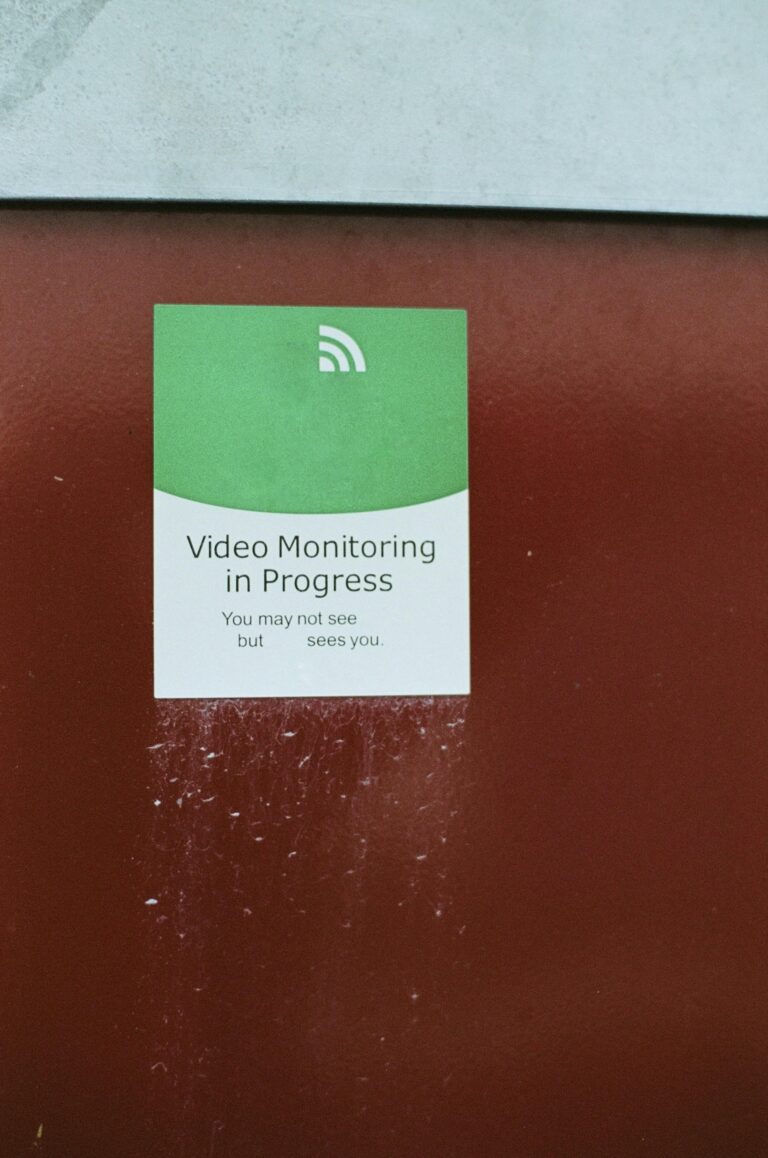In an era where digital privacy is paramount, understanding and managing application permissions has become a critical concern for users and organizations alike. As smartphones and connected devices increasingly integrate into daily life, the ability to monitor and control app permissions not only safeguards sensitive information but also enhances overall device security. This article provides an in-depth analysis of the leading applications designed to oversee permission settings, evaluating their functionality, user interface, and effectiveness in empowering users to maintain control over their digital footprint. By examining the features and limitations of these tools, we aim to offer a comprehensive perspective that assists individuals and IT professionals in making informed decisions about permission management solutions.
Table of Contents
- Evaluating User Interface Efficiency and Accessibility in Permission Management Apps
- Comparative Analysis of Security Features and Privacy Compliance
- Assessing Customization Options for Granular Permission Control
- Recommendations for Selecting Appropriate Permission Monitoring Solutions Based on User Needs
- In Retrospect
Evaluating User Interface Efficiency and Accessibility in Permission Management Apps
When examining the efficiency of user interfaces in permission management apps, several key factors come into focus. Intuitive navigation and clear labeling significantly reduce the cognitive load on users, streamlining interactions with complex permission settings. Effective use of visual hierarchy-through font sizes, colors, and spacing-enhances the clarity of permission categories, enabling users to locate and modify settings swiftly. Additionally, real-time feedback mechanisms, such as confirmation prompts and status indicators, prevent errors and foster confidence in app operations. Apps that integrate customizable dashboards excel by empowering users to prioritize permissions based on personal or organizational risk assessments.
Accessibility remains a critical benchmark for evaluating these apps, ensuring inclusivity across diverse user groups. Features like screen reader compatibility, high-contrast modes, and support for keyboard navigation broaden usability for individuals with disabilities. Moreover, language localization and scalable interface elements address varied user preferences and needs. The following table summarizes some pivotal UI and accessibility attributes observed in leading permission management apps:
| App | Navigation | Accessibility Features | Customization |
|---|---|---|---|
| PermiPro | Tabbed Menu | Screen Reader Support | Custom Notifications |
| SecureAccess | Sidebar with Icons | High Contrast Mode | Role-Based Views |
| PrivCheck | Search-Driven | Keyboard Navigation | Personal Dashboards |
- Efficiency: Streamlined control workflows reduce time spent on permission audits.
- Accessibility: Broad support features encourage equitable app use.
- Customization: Adaptability enhances user engagement and control precision.
Comparative Analysis of Security Features and Privacy Compliance
When evaluating security features, the leading apps demonstrate distinctive approaches to safeguarding user data while managing permissions. Most platforms incorporate advanced encryption protocols to ensure that intercepted data remains unintelligible to unauthorized entities. Additionally, real-time alerts on permission changes or abnormal app behavior are pivotal in maintaining a proactive security stance. Integration with biometric authentication and multi-factor verification further bolsters access control, minimizing the risk of unauthorized app permission modifications.
Privacy compliance varies notably across these monitoring solutions, reflecting the diversity of regulatory adherence and user prioritization. Key differentiators include:
- GDPR and CCPA adherence: Some apps actively update their privacy policies and data handling practices to ensure compliance.
- Data minimization: Apps that collect only essential data scores higher on privacy metrics.
- User data control: Features allowing users to easily export, modify, or delete their data enhance transparency.
| App | Encryption | Real-time Alerts | Biometric Support | Privacy Compliance |
|---|---|---|---|---|
| SecureTrack | AES-256 | Yes | Yes | GDPR, CCPA |
| PermiWatch | AES-128 | No | No | GDPR only |
| GuardRight | RSA-2048 | Yes | Yes | GDPR, CCPA, HIPAA |
Assessing Customization Options for Granular Permission Control
When diving deep into the customization scope of permission control, top monitoring apps distinguish themselves by the level of granularity they allow users to manage. Leading applications offer a multi-layered approach where permissions can be toggled not only app-wide but also on specific functionalities within each app. This critical feature provides users with the ability to restrict access to sensitive data like location, camera, or microphone on an individual basis, thereby enhancing privacy without compromising useful app functions. Flexibility in permission settings is complemented by the availability of pre-configured profiles for varied user needs-ranging from strict privacy modes to more liberal configurations that favor usability.
Moreover, advanced apps frequently incorporate real-time alerts and permission change logs, ensuring users remain transparent and in control over their digital footprint. The table below summarizes essential customization features found across prominent permission management tools, illustrating their capabilities to meet diverse user demands:
| Feature | App A | App B | App C |
|---|---|---|---|
| Individual Feature-Based Controls | ✔️ | ✔️ | ❌ |
| Pre-Configured Permission Profiles | ✔️ | ❌ | ✔️ |
| Real-Time Permission Alerts | ✔️ | ✔️ | ✔️ |
| Permission Change Logs | ✔️ | ❌ | ✔️ |
Recommendations for Selecting Appropriate Permission Monitoring Solutions Based on User Needs
In Retrospect
In conclusion, as concerns over data privacy and security continue to escalate, the importance of robust permission management tools cannot be overstated. The top apps analyzed demonstrate varying strengths in usability, granularity of control, and transparency in permission monitoring. Selecting the most effective app ultimately depends on an individual’s or organization’s specific needs and technical proficiency. Moving forward, continued innovations in permission management are essential to empower users with greater oversight and to foster a more secure digital environment. Careful evaluation of these tools remains a critical step toward achieving comprehensive control over app permissions and safeguarding sensitive information.

